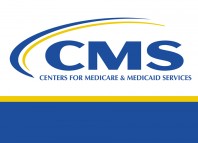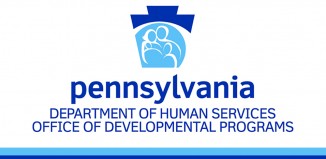HHS Announces EMS Payment Reform
Yesterday, the US Department of Health and Human Services (HHS) announced a new payment model for emergency ambulance services that aims to allow Medicare fee-for-service (FFS) beneficiaries to receive the most appropriate level of care, at the right time and place, with the potential for lower out-of-pocket costs.
Beginning in early 2020, the new model – Emergency Triage, Treat, and Transport (ET3) Model – will make it possible for participating ambulance suppliers and providers to partner with qualified health care practitioners to deliver treatment in place (either on-the-scene or through telehealth), and with alternative destination sites (such as primary care doctors’ offices or urgent-care clinics), to provide care for Medicare beneficiaries following a medical emergency for which they have accessed 911 services. In doing so, the model seeks to engage health care providers across the care continuum to more appropriately and effectively meet beneficiaries’ needs. Additionally, the model will encourage development of medical triage lines for low-acuity 911 calls in regions where participating ambulance suppliers and providers operate. The ET3 Model will have a five-year performance period, extending through 2025.
Currently, Medicare primarily pays for unscheduled, emergency ground ambulance services when beneficiaries are transported to a hospital emergency department (ED), creating an incentive to transport all beneficiaries to the hospital even when an alternative treatment option may be more appropriate. To counter this incentive, the ET3 Model will test two new ambulance payments, while continuing to pay for emergency transport for a Medicare beneficiary to a hospital ED or other destination covered under current regulations:
- Payment for treatment in place with a qualified health care practitioner, either on-the-scene or connected using telehealth; and
- Payment for unscheduled, emergency transport of Medicare beneficiaries to alternative destinations (such as 24-hour care clinics) other than destinations covered under current regulations (such as hospital EDs).
The ET3 Model encourages high-quality provision of care by enabling participating ambulance suppliers and providers to earn up to a five percent payment adjustment in later years of the model based on their achievement of key quality measures. The quality measurement strategy will aim to avoid adding more burden to participants, including minimizing any new reporting requirements. Qualified health care practitioners or alternative destination sites that partner with participating ambulance suppliers and providers would receive payment as usual under Medicare for any services rendered.
The model will use a phased approach through multiple application rounds to maximize participation in regions across the country. In an effort to ensure access to model interventions across all individuals in a region, CMS will encourage ET3 Model participants to partner with other payers, including state Medicaid agencies.
Contact Melissa Dehoff, RCPA Director of Rehabilitation Services, with questions.








